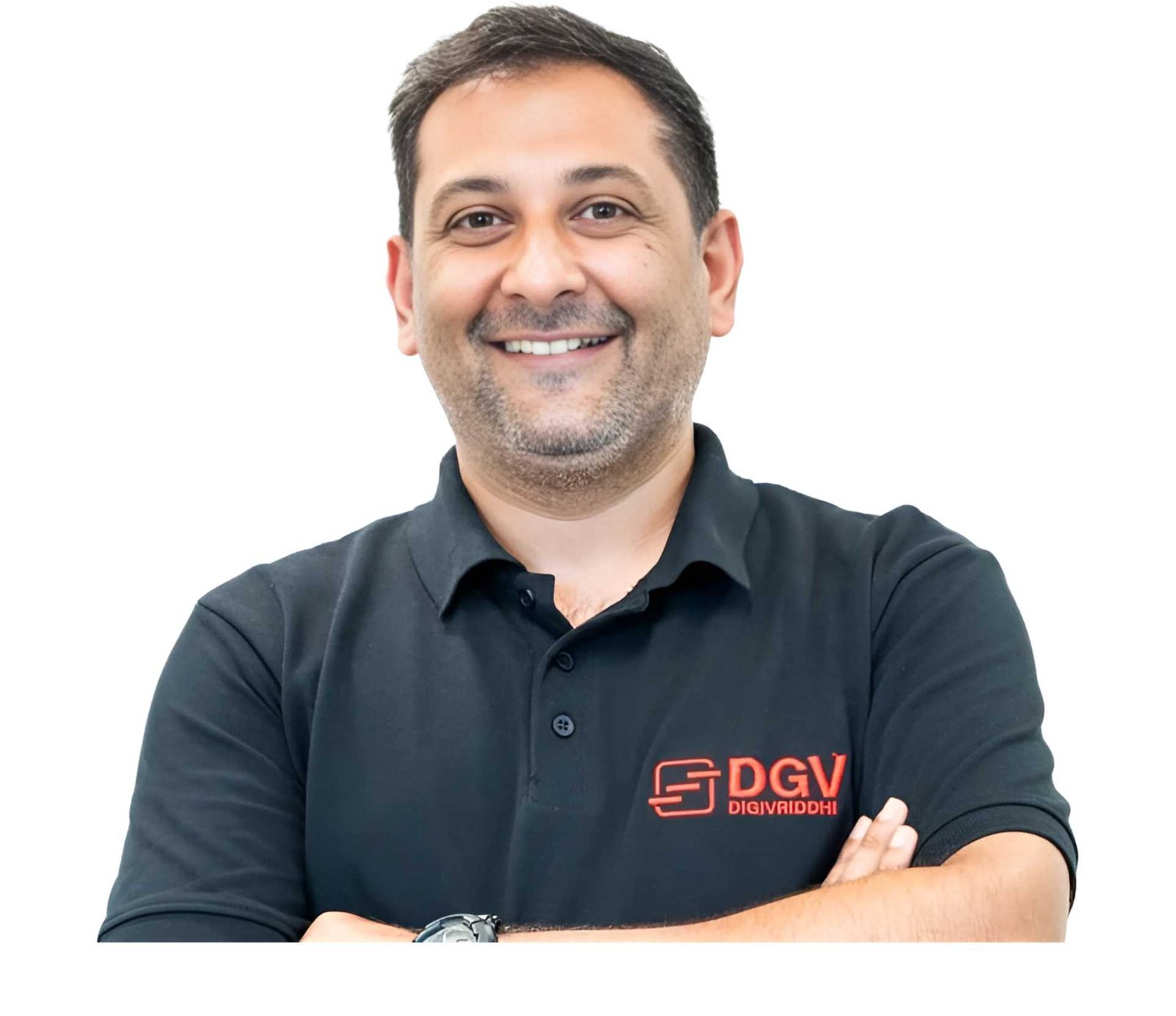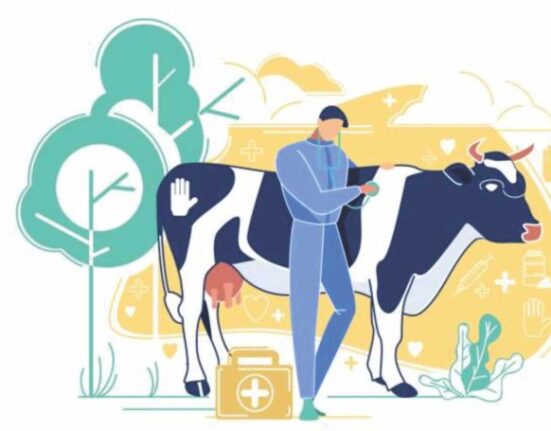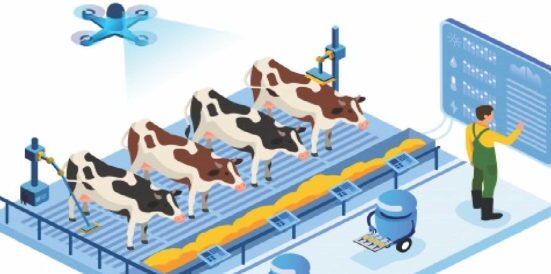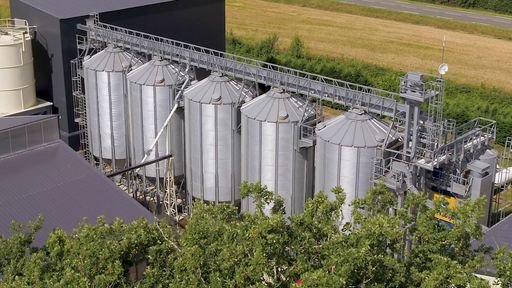From pioneering Aadhaar-enabled payments to redefining bovine insurance and rural credit, Ragavan Venkatesan’s journey is anything but linear. As the Founder & CEO of DGV Group—India’s first integrated Dairy Fintech, InsurTech, and Marketplace platform—he is building a digital dairy ecosystem from the ground up. In this exclusive conversation with Dairy Dimension, Ragavan traces his journey from Delhi’s policy corridors to India’s remotest milk sheds, sharing powerful insights on innovation, inclusion, and India’s next rural revolution.
Early Foundations and Public Innovation
Where did you grow up, and what led you into the dairy sector?
I was born in Bangalore but raised in Delhi, where my father worked with the Planning Commission. He was among the first IIM Bangalore graduates to be inducted into government service. After graduating from Christ University in Bangalore and pursuing a postgraduate degree in foreign trade, I started my career in Hyderabad in the aerospace sector.
But my turning point came when I joined the Government of India’s Common Service Centre (CSC) project. We were building India’s first 100,000 ICT centres in rural areas. Working closely with senior bureaucrats and the RBI, I got involved in early digital finance initiatives—precursors to Aadhaar and DBT. This led me to NPCI, where I was part of the founding team that created Aadhaar-enabled Payment Systems, micro-ATM standards, and later helped banks adopt digital Know Your Customer (KYC) and Direct Benefit Transfer (DBT) infrastructure.
How did the transition from digital finance to dairy happen?
After years of working with digital finance, I wanted to apply the India Stack to impact semi-urban and rural livelihoods. Dairy emerged as the most consistent and underserved sector. It contributes 25–30% of India’s agri GDP and has steady, year-round cash flow—ideal for financial products. And yet, bankers were stuck on just cattle loans, without regard for breed value or production economics. That’s where the idea for DGV was born.
Building DGV: A Specialist Platform for Dairy
What is DGV, and how is it structured to address rural dairy challenges?
DGV is a full-stack platform designed exclusively for the dairy ecosystem. Think of it as a trilogy:
- DGV Connect: A marketplace for high-quality bovines from verified breeders.
- DGV Money: Financial products tailored to dairy—from new animal loans to dairy maintenance and equipment finance.
- DGV InsurTech: India’s first digital cattle insurance platform, using biometric snout recognition and AI-based health grading.
This integration means a farmer can source, finance, insure, and monitor a bovine—all digitally and doorstep-enabled. We’ve created new asset classes, refined loan structures, and built partnerships with processors and banks to make the system efficient and transparent.
Reforming Bovine Insurance with Deep Tech
Cattle insurance has historically been a failure. How are you changing that?
Traditional cattle insurance was plagued with fraud and inefficiency. Para-vets controlled both assessment and claim verification, creating a conflict of interest. Physical ear tags were easily tampered with.
We solved this issue by utilising biometric muzzle recognition and implementing real-time video SOPs. Our system captures 16 health parameters and analyses them algorithmically. This data is API-integrated with insurers, allowing unbiased, tech-driven underwriting. We also plan group policies for rejecting antibiotic-laced milk—a real problem today.
Understanding Farmer Behaviour and Regional Realities
What have you learned about dairy farmers across India?
A few key learnings:
- Refinancing dominates: 80% of dairy loans are for existing animals masquerading as new purchases.
- Commercial concentration: 20% of farmers contribute 80% of the milk. These are the micro-enterprises we need to scale.
- Regional diversity: South India and Western UP are very different in risk behaviour and cattle preferences.
By creating segmented loan products—new purchase, maintenance, and equipment—we’re helping banks lend better and farmers grow sustainably.
Matching Processor Needs with Farmer Incentives
How can processors benefit from DGV’s model?
Milk pricing in India doesn’t account for milk quality or breed economics. Processors need milk that fits their product goals—high-fat buffalo milk for ghee, or Gir cow milk for A2 milk products. We help processors understand their catchment’s breed mix and create subsidy schemes to incentivise specific breeds. Farmers, in turn, get better prices and capital access.
Mitigating Risk in a Volatile Market
How does DGV balance risk, especially with milk price volatility?
We analyse:
- Vintage of the farmer pouring data with processors
- Milk quality and consistency
- Repayment history across loans
Our AI-ML underwriting engine gets smarter with every loan. The organised sector gets priority. The end-use is tracked and verified digitally, de-risking both farmer and lender.
Circular Dairy Economics and Long-Term Sustainability
You speak about circularity in dairy. Can you elaborate?
Dairy should be at the centre of rural circular economies. Manure becomes organic fertiliser. Milk generates income. Feed and fodder can be grown on the farm. If we embed dairy into organic agriculture, we create resilient income systems. Our Micro Dairy Enterprise model encourages farmers to scale up to 15–35 animals, providing better feed, equipment, and animal care.
Addressing Cooperative and Policy Ecosystems
How are you engaging with cooperatives and the government?
Cooperatives are slower due to bureaucratic inertia, but we’re engaging through NABARD and state governments. In Andhra Pradesh, we partnered with Amul, District Cooperative Central Banks (DCCBs), and the state cooperative bank. We’ve also been recognised by the Government of Maharashtra’s agri-startup policy.
Private MPPs and federations like KMF and GCMMF are more agile, and we’re already piloting digital finance with them.
Reflections and Forward Paths
Two final questions. What would you tell a younger Ragavan? And what advice would you offer to the dairy industry?
- To my younger self: Don’t jump into entrepreneurship straight out of college. Build experience, credibility, and social capital first.
- To the dairy sector: Embrace digitisation now. Don’t assume your farmers will stay loyal forever. Offer them financial and insurance services. Make your catchment brighter, not just bigger.
Conclusion
Ragavan Venkatesan isn’t just building a startup—he’s reimagining the very fabric of India’s dairy economy. As DGV matures into a full-spectrum ecosystem platform, its impact is poised to extend far beyond finance, touching sustainability, health, and prosperity in India’s milksheds.







